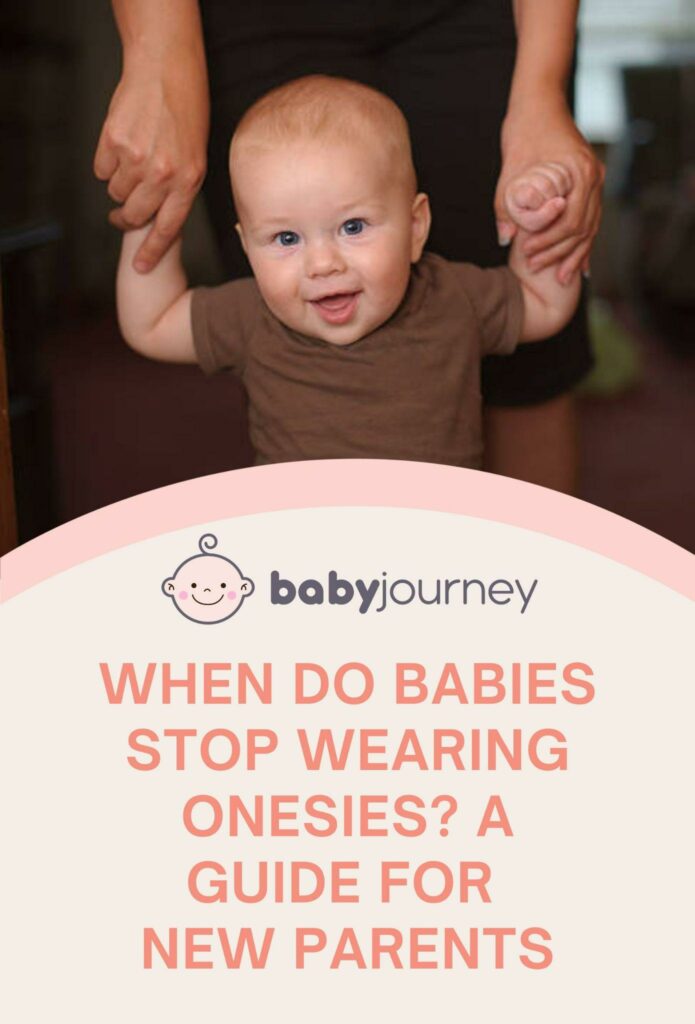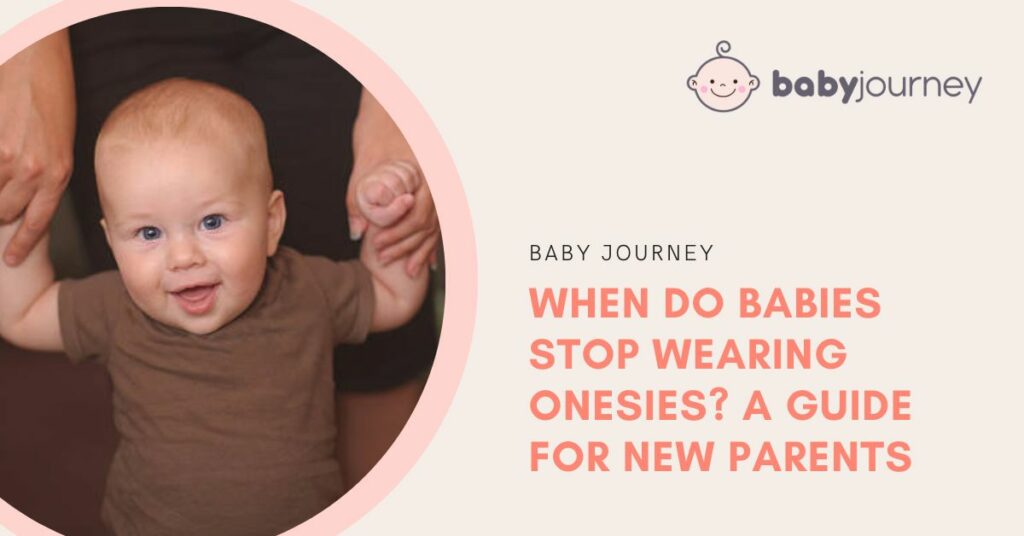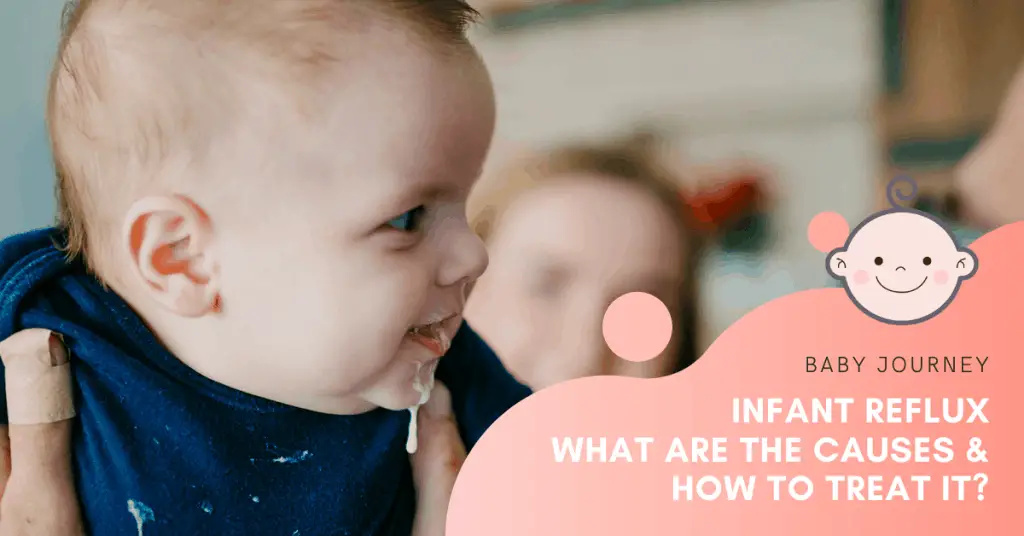Babies are known for their adorable onesies, which are comfortable and easy to wear. However, as they grow, parents may wonder when it’s time to transition their little one out of onesies and into more grown-up clothing. The answer to when do babies stop wearing onesies varies is not straightforward, as it depends on several factors.
According to experts, babies typically stop wearing onesies between 12 and 24 months of age. However, this can vary depending on the baby’s size and development. As babies grow and become more mobile, onesies may become less practical, especially when it comes to potty training and walking. Additionally, some parents may prefer to switch to regular pajamas for ease of diaper changing at night.
Understanding Baby Onesies

What Are Onesies
Onesies are a popular type of baby clothing that are designed to be comfortable, practical, and easy to put on and take off. They are essentially one-piece bodysuits that cover the baby’s torso and have snaps or buttons at the bottom to allow for diaper changes. Onesies are available in a variety of designs, colors, and materials, and are often used as a base layer for other outfits.
One of the most well-known brands of onesies is Gerber Childrenswear, which trademarked the term “onesie” in the 1980s. However, many other brands also make similar types of other baby clothes and bodysuits, and the term “onesie” is often used generically to refer to any type of one-piece baby clothing.
Why Do Newborns Wear Onesies
There are several reasons why babies wear onesies. Firstly, they provide a comfortable and snug fit that helps to keep the baby warm and cozy. They are also designed to be easy to put on and take off, which is particularly important when changing diapers. Additionally, onesies can help to protect the baby’s delicate skin from irritants and rubbing against other clothing.
Another reason why babies wear onesies is for aesthetic reasons. They come in a wide range of designs and colors, and can be used to create a variety of cute and stylish outfits. Some parents also like to dress their babies in onesies with fun slogans or graphics.
Overall, onesies are an essential part of a baby’s wardrobe for the first few years of their life. They provide comfort, protection, and style, and are a practical and convenient choice for parents.
When Do Babies Stop Wearing Onesies
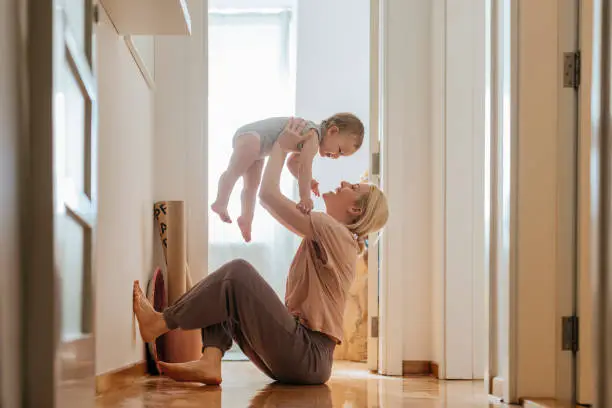
Babies are known for their adorable onesies, but at some point, parents may wonder when it’s time for average baby to switch to more grown-up clothes. There are a few factors to consider when deciding when babies should stop wearing onesies.
Age Considerations
Most babies stop wearing onesies between 12 and 24 months of age. However, it’s important to note that every baby is different, and there is no one-size-fits-all answer to this question. Some babies may outgrow onesies sooner, while others may continue to wear them for a bit longer.
Size and Comfort Factors
As babies grow, they may become too big for their onesies. It’s important to ensure that onesies fit comfortably and are not too tight or too loose. Some parents may prefer to switch baby bellies to regular pajamas once their baby starts walking or potty training, as onesies can get in the way.
When deciding when to stop using onesies, personal preference also plays a role. Some parents may choose to keep their babies in onesies for longer, while others may prefer to switch to regular clothes sooner.
In summary, babies typically stop wearing onesies between 12 and 24 months of age, but this can vary depending on the baby’s size and personal preference. It’s important to ensure that onesies fit children comfortably and do not get in the way of walking or potty training.
Alternatives to Onesies

When babies outgrow onesies, there are several alternatives that parents can choose from to dress their little in full length onesies comfortably. Here are two popular options:
Transition to T-Shirts and Shorts
T-shirts and shorts are great alternatives to full length onesies, especially during warmer months. They are easy to wear, and their loose fit allows for more movement and flexibility. T-shirts come in a variety of styles, including long-sleeved, short-sleeved, and sleeveless, and can be paired with shorts or pants depending on the weather. Parents can choose from a range of materials, such as cotton or polyester, to ensure their toddler’s comfort.
Introduction to Dresses and Pants
Dresses and pants are also great options for babies stop wearing bodysuits. Dresses are perfect for little girls, and they come in a variety of styles, including long-sleeved and sleeveless, with different lengths and designs. Pants, on the other hand, are ideal for little boys and girls, and they come in different materials, such as denim, cotton, and polyester. They can be paired with T-shirts or blouses to create a complete outfit.
When choosing clothes for toddlers, it is important to consider their comfort and safety. Parents should opt for clothes that are made from soft, breathable materials that do not irritate their skin. Additionally, individuals should avoid wearing clothing that is overly tight or loose because these styles can be uncomfortable or even dangerous.
In conclusion, when babies outgrow onesies, there are several alternatives that parents can choose from to dress their little one stopped wearing onesies more comfortably. T-shirts and shorts, dresses, and pants are great options that provide both comfort and style.
Onesies and Diaper Changes
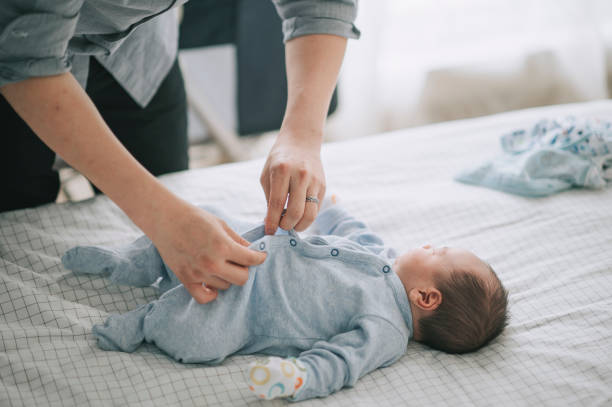
Convenience of Onesies
One of the primary reasons why parents dress their babies in onesies is the convenience they offer during diaper changes. Onesies are designed to snap at the crotch, making it easy for parents to change their baby’s diapers without completely undressing them. This feature is particularly helpful during nighttime diaper changes when parents want to minimize the disruption to their baby’s sleep.
Onesies are also a great option for parents who are always on the go. They can quickly change their baby’s diaper without having to worry about finding a private place to undress them completely. This feature is especially useful when traveling or visiting public places with limited changing facilities.
Transition to Regular Diapers
As babies grow and develop, they will eventually transition to regular diapers or training pants. While onesies can still be worn with regular diapers, parents may find that they become less convenient as their baby becomes more mobile. Regular diapers and training pants are designed to be more absorbent and provide better leakage protection than onesies.
Parents may also find that their baby or toddler’s diaper changing needs change as they begin potty training. During this time, parents may choose to dress their baby in regular underwear or cloth training pants instead of onesies. This allows their baby to learn how to use the toilet independently while still providing some leakage protection.
In summary, onesies are a convenient option for parents during the early stages of their baby’s life. They offer easy access for diaper changes and can be worn under other clothing. However, as their babies begin to grow and develop, parents may find that regular diapers or training pants are more appropriate for their changing needs.
Temperature Considerations
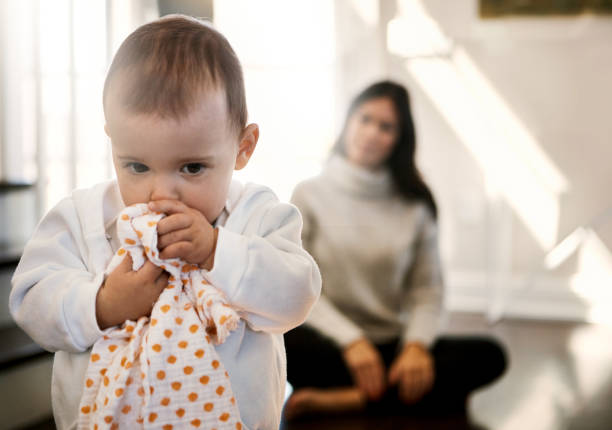
When it comes to dressing babies, temperature considerations are crucial. Infants are not able to regulate their body temperature as well as adults, so it is important to dress them appropriately for the weather. This section will cover cold weather onesies and warm weather alternatives.
Cold Weather Onesies
During colder months, it is important to keep babies warm and cozy. Onesies are a great option for layering under warmer clothing. However, not all onesies are created equal. It is important to have parents choose onesies made of warm, breathable materials like cotton or wool.
Parents should also consider the thickness of the onesie. A thicker onesie will provide more warmth but may be too hot if worn indoors. A thinner onesie may not provide enough warmth for outdoor activities. It is important to find a balance between warmth and comfort.
Warm Weather Alternatives
During warmer months, parents may opt for alternative clothing options to keep their babies cool and comfortable. Light, breathable fabrics like cotton, linen, and bamboo are great choices.
Parents should also consider the style of clothing. Onesies may not be the best option for warm weather as they can be too constricting and trap heat. Instead, parents may opt for loose-fitting clothing like rompers or shorts and t-shirts.
It is also important to consider the time of day. Nighttime temperatures may be cooler, so parents may still opt for onesies or sleep sacks to keep their babies warm while they sleep.
Overall, it is important to dress babies appropriately for the temperature to ensure their comfort and safety. Parents should consider the materials, thickness, and style of clothing when choosing outfits for their little ones.
Onesies and Baby Mobility
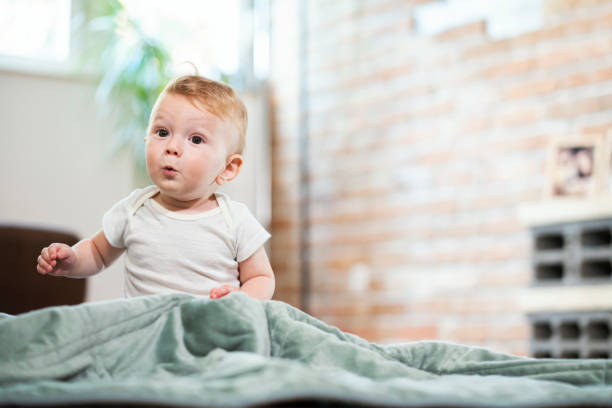
Babies grow up fast and their clothing needs change as they develop. One of the most popular clothing items for babies is the onesie. Onesies are versatile, comfortable, and convenient for parents. However, as babies become more mobile, onesies may not be the best option. Here we will explore the use of onesies for crawling and walking babies.
Onesies for Crawling Babies
Baby begins crawling around six to ten months old, and at this stage, onesies can be a great option. Crawling babies tend to move around on their hands and knees, and onesies can provide extra protection to their delicate skin. Onesies can also prevent the baby’s chest from exposing their tummy or back when crawling on rough surfaces.
However, onesies can also be a hindrance to crawling babies. They can restrict the baby’s movement and make it difficult for them to move their legs freely. Onesies can also cause slip hazards on smooth surfaces, making it challenging for the baby to crawl around safely.
Onesies for Walking Babies
As babies start walking, onesies may become less practical. Walking babies need more independence and freedom of movement. Onesies can restrict the baby’s ability to walk and may cause them to trip or fall.
It is essential to choose clothing that is safe and comfortable for walking babies. Loose-fitting clothes, such as t shirt and pant, can provide the baby with more mobility and prevent them from getting tangled up in their clothing.
In conclusion, onesies can be a great option for babies, but they may not be suitable for all stages of development. Parents should consider their baby’s mobility and choose clothing that is safe and comfortable. As babies grow and become more mobile, they need clothing that allows them to move freely and explore their environment.
Conclusion
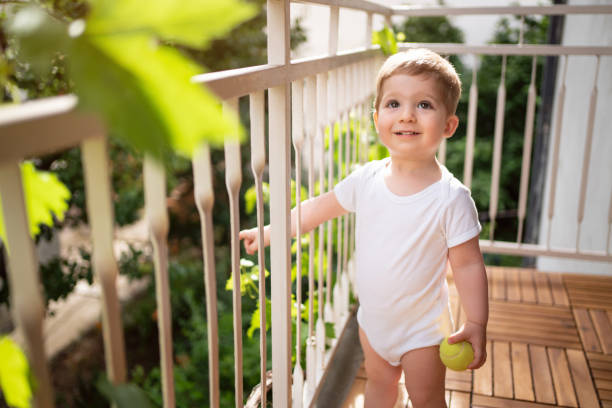
In summary, when do babies stop wearing onesies varies depending on several factors. Some parents decide to choose to dress their babies in onesies until they start potty training, while others stop using onesies when their babies reach a certain age or weight. According to the search results, infants stop using onesies at some point between 12 months (1 year) – 24 months (2 years) on average.
However, it is essential to note that there is no one-size-fits-all answer to this question. Some babies may outgrow onesies earlier or later than others, depending on their growth rate and size. Parents should pay attention to their baby’s comfort and adjust their clothing accordingly.
Ultimately, the decision to stop using onesies is a personal one based on each child and individual preferences and practical considerations. Onesies can be a convenient and comfortable option for babies, but they may become less practical as babies start walking and potty training. Parents should consider their baby’s needs and comfort when deciding whether or not to continue using onesies.
Overall, when do babies stop wearing onesies varies is a matter of personal preference and practical considerations. Parents should pay attention to their baby’s growth rate, comfort, and needs to determine when to transition to other types of clothing.
